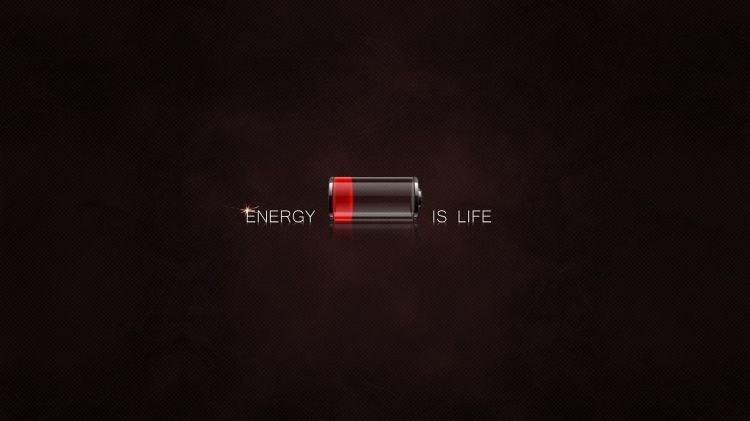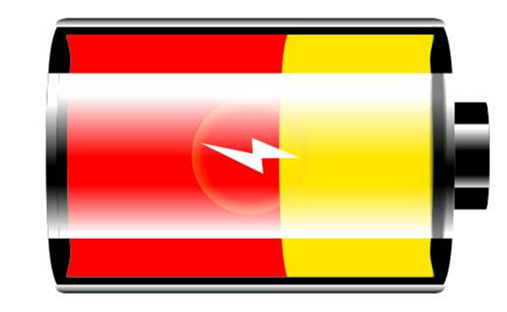Li Ion Battery Charging Process
May 21, 2019 Pageview:1134
Lithium Ion Battery Charging Circuit Design
Normally, charging and discharging battering is done through a chemical reaction. However, lithium Ion batteries are the exception to this rule. Instead, energies flow from the inside to the outside of the batter as the ions move between anode and cathode. However, the batteries still do run low on charge and energy so the Lithium Ion Charger is meant to fix this problem. The Lithium Ion Charger is similar to that of a lead acid system except for the fact that they have a higher voltage per cell. However, since some lithium batteries are made of substances such as cobalt while others are not, there are differing charging methods.

With a battery made up of a substance such as cobalt, nickel, magnesium, or aluminum, the average charge is to 4.20V/cell. For this, the advised charging rate must remain between 0.5C-1C for a time period of 2-3 hours. Lithium ion batteries do not require a full charge and it is in fact not recommended that a full charge be complete because it will sustain the battery life.
For non-cobalt batteries, which is the non-traditional battery, the normal cell voltage is around 3.60V. There are some exceptions that can range anywhere from 3.20V, 3.65V, and 2.40V. However, they require a specifically designed charger in order to avoid insufficient charging or overcharging.
It is also important to not overcharge your lithium battery, otherwise, it will become runs table. If overcharged, the oxidizing agent will decrease in overall stability and create carbon dioxide as a result which will create a rise in the overall cell pressure. This can not only ruin the battery, but can also create a safety hazard for those around if improperly handled.
Lithium Ion Battery Charging Myths

Since Lithium Ion batteries were created, many myths about the charging process have come about, the most significant of them being that the batteries never lose their charge and live forever due to their make-up. However, this myth is false as the batteries do require charge and can wear down on battery life over time and use.
Another myth that has arisen from the use of lithium batteries in things such as cell phones is the whole idea of charging overnight. Often times, people are too worried to charge their phones overnight in fear that they will overcharge their battery. This, however, is a false. It won’t make your battery overcharge necessarily, but it may just make your battery life age at a more rapid and advanced rate. The myth arises from the idea that once your phone reaches 100% and it remains plugged in, the current will continue to pump or even catch fire. This is nothing to worry about, however, as long as you have a case that can handle heat as your phone does heat up as it is charging.
A commonly heard myth, yet again about smartphones, is that you must wait until your battery charge hits 0% before you charge it. However, whoever first created this myth was thinking in reference to other types of batteries, but not lithium batteries. In fact, the effect of charging a smartphone before it hits 0% is not very large at all so this is yet again nothing to worry about.
If you are on a budget but kept hearing that the only way to not ruin your battery is to use a “brand-name charger”, this is just another myth. This is often used as a marketing strategy but has no real standing. While in some cases a brand would work better for certain cases, it is not often and any normal charger should be perfectly adequate to charge your phone.
Another myth that is heard quite often is to never use a device while it is on the charger because it will mess up the charge. Some people claim that using it while it is charging will result in something catastrophic such as your phone blowing up or catching fire. However, in reality, there is no real threat or danger in using your phone as it is charging, so text or play away!
There are so many myths about lithium ion batteries circling out there, especially in regards to common and everyday smartphones. However, they are called myths for a reason. There is no true standing in most of these myths and therefore should not be stressed over.
Lithium Ion Battery Charging Tips

While there are many myths and false ideas surrounding lithium ion batteries and how they may be detrimental to your overall charge, there are also some actual factual ways that you can extend your battery life and charge. The batteries do wear over time so following these tips will allow for you to extend this battery life and hopefully have a battery that last over an extended period of time.
One tip to extend your battery life is to keep your phone or battery at room temperature for the most part. Overheating or cooling your phone can create a more rapid decline in the battery life so it is suggested to keep your battery at around 20-25 degrees Celsius.
Another tip is to allow for partial charges at times because this will allow you to recalibrate the power gauge of the battery. While it is a myth that overcharging your phone will harm it, it is not a bad idea to let it partially charge from time to time.
There is also the idea that you can get a high-capacity lithium-ion battery rather than a spare battery so that you can have a longer lasting battery rather than one that is short-lived.
Final Thoughts
Overall, there are many ways in which you can help the overall charge and charging life of your lithium battery as well as there being many myths about how a lithium battery can be harmed or worn down. In the end, it is important to follow tips on how to extend your battery life and ensure that everything you’re following is not just a myth.
- Prev Article: How to check 18650 battery?
- Next Article: Do Lithium Batteries Leak?
Leave Message
Hottest Categories
-
Hottest Industry News
-
Latest Industry News









